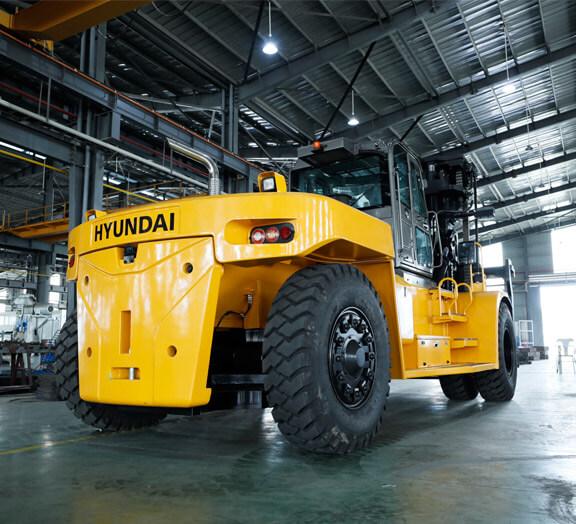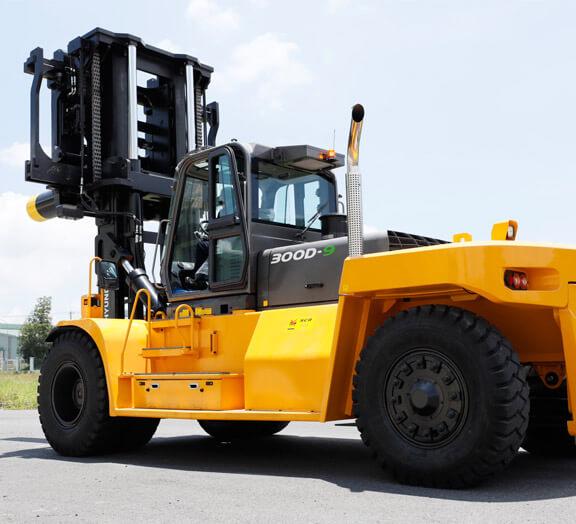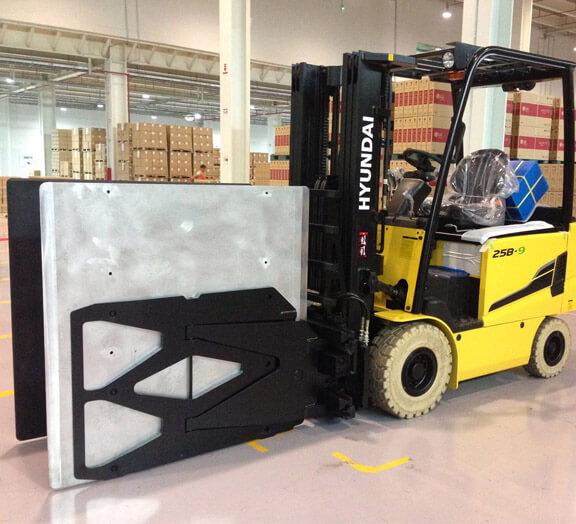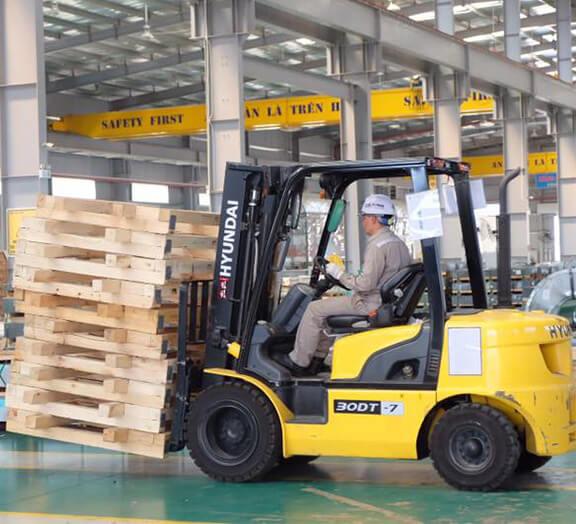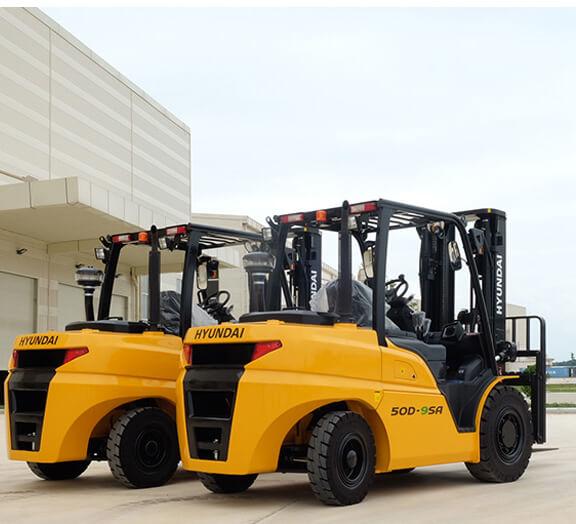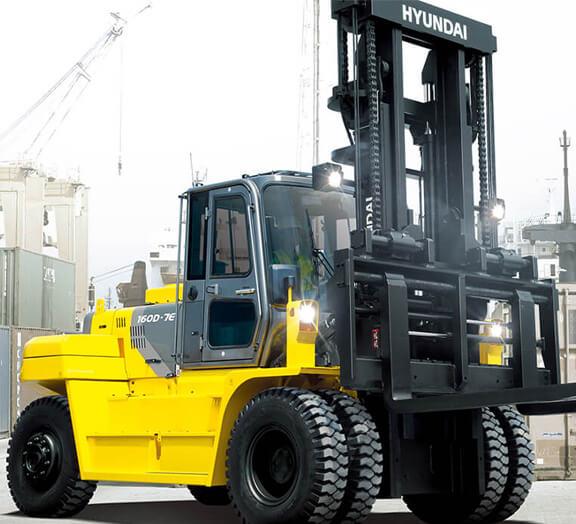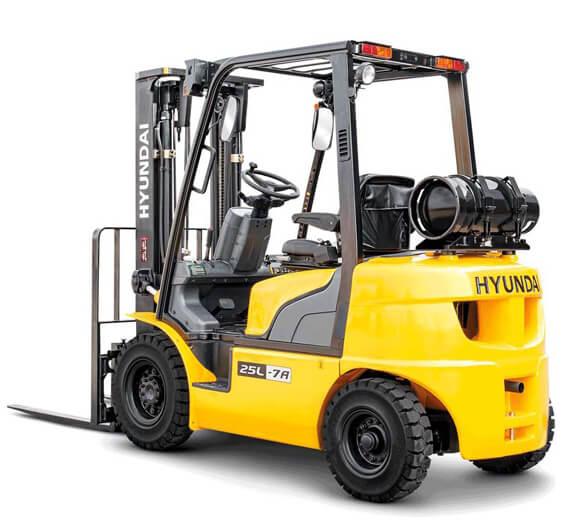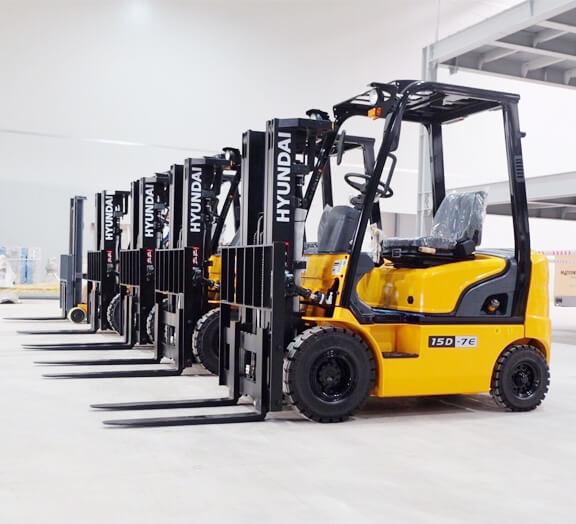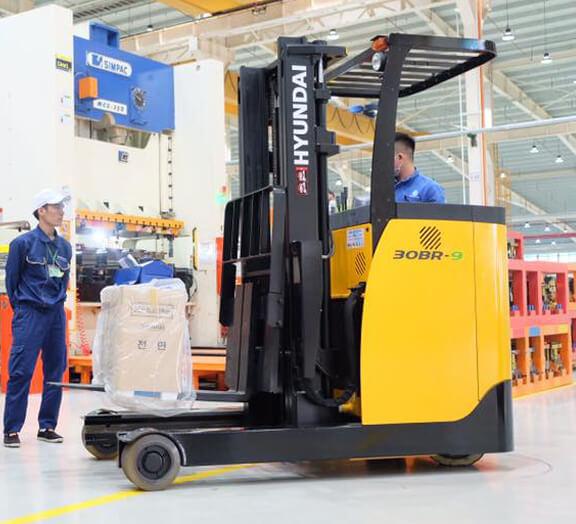The average lifespan of a forklift battery is around 5 years. However, this number can be shorter or longer depending on how regularly and properly the battery is maintained.
To keep operations running smoothly in your warehouse and avoid battery failure that can interrupt work and reduce profits, here’s everything you need to know to take care of your forklift battery the right way.
2 Types of Forklift Batteries
Currently, there are two common types of forklift batteries on the market, and each type requires a specific maintenance approach.
The two main types of forklift batteries are:
- Lead-acid battery
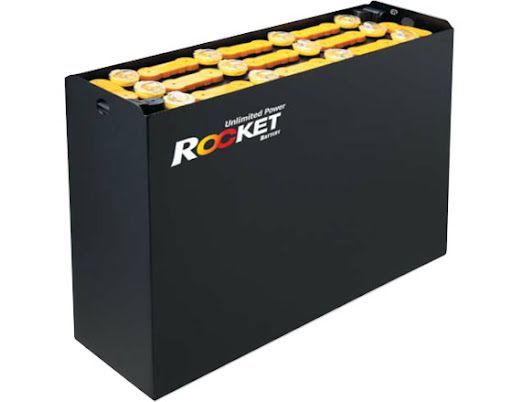
- Lithium-ion battery
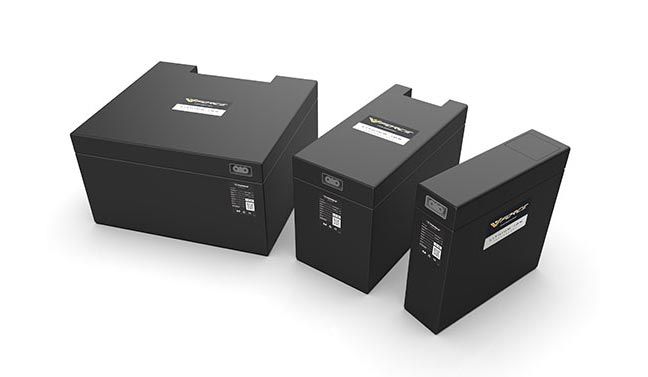
Lead-acid batteries have dominated the forklift market for many years. In fact, as of 2021, up to 90% of electric forklifts were still using lead-acid batteries. Meanwhile, lithium-ion batteries have only gained popularity in recent years. In early 2019, Hyundai Forklift launched its first forklift model powered by a lithium-ion battery.
The demand for lithium-ion batteries is growing rapidly across many industries. In the automotive sector alone, demand increased by about 65% from 2021 to 2022—and it shows no signs of slowing down.
Why is that? Although lithium-ion batteries come with a higher cost, they offer significant advantages in term of performance and maintenance:
- Higher efficiency
- Charging time is up to 8 times faster than lead-acid batteries
- No battery swapping needed between shifts - you can charge during lunch breaks
- No power drop when the battery is low
- Fewer batteries required for continuous operations across multiple shifts
One of the biggest advantages of lithium-ion batteries is that they require little to no regular maintenance or water refilling.
However, despite these benefits, lithium-ion batteries may not be suitable for every type of business operation. That’s why in the next section, Nhat Lo Phat 168 will focus on how to properly maintain the most common type of forklift battery today: the lead-acid battery.
How to Maintain a Forklift Battery Properly
For lead-acid batteries, there are four key maintenance tasks to pay attention to: water refilling, charging/discharging, temperature control and general upkeep.
1. Refilling Water in a Forklift Battery
If you've ever dropped a bit of water into hot oil, you know that oil, water, and heat can be a dangerous combination. But it's this very mix that powers your forklift.
During the charging and discharging process, water in the battery gradually evaporates, causing the water level to drop. When the acid-to-water ratio becomes unbalanced, the internal temperature rises quickly, which can seriously damage the battery cells.
If the water level drops below the standard mark, it doesn’t just harm the battery itself—it also reduces the forklift’s performance, leading to increased costs and reduced efficiency for your operation.
How to Properly Refill Water in a Lead-Acid Battery
- After every 5 to 10 charges, refill the battery with distilled or deionized water. While it’s good to follow the manufacturer's manual that comes with the battery, the most reliable method is to check the water level directly and keep it at the correct level.
Note: The refill schedule may need to change if usage increases or decreases significantly.
- Always charge the battery to 100% before refilling water. This is the safest way to prevent acid overflow, which can be hazardous and significantly shorten the battery's life.
One study showed that each acid overflow incident can reduce battery capacity by 3% - 5%, which translates to about 15 to 25 minutes of lost runtime.
2. How to Charge a Forklift Battery Properly
Is your forklift using standard charging, fast charging, or opportunity charging?
Common forklift charging methods
- Standard Charging is the simplest method and helps maximize battery lifespan. With this method, the battery is used during the day, charged in the evening, and left to cool overnight for use the next morning.
- Fast Charging takes only 10 - 30 minutes and is often preferred in multi-shift or high-intensity operations, but it shortens battery life significantly.
- Opportunity Charging means charging the battery during breaks or lunch. It typically charges up to 80% and is suitable for continuous operations with multiple shifts.
How to Charge Using the Standard Method
- Stop using the forklift when the battery level drops to red zone (about 20-30% remaining). This helps protect both the battery and the forklift.
- A typical battery can handle about 1,500 charge cycles. Every time you plug in the charger, it counts as one cycle, so always charge to 100% to get the most out of each cycle.
- Perform equalization charging once a month (as recommended by the manufacturer). This helps remove sulfate buildup and balance the voltage between cells.
How to Use Opportunity Charging Properly
- Charge whenever the forklift is idle, but don’t let the battery drop below 20%. The ideal range for this method is 20% - 60% battery level.
- Still aim for a full 100% charge each day to protect battery performance and longevity.
- Perform equalization charging weekly, just like in the standard method.
3. Controlling Forklift Battery Temperature
Avoid letting the battery overheat.
- For standard charging, the ideal battery temperature is 15°C - 38°C.
- For opportunity charging, a slightly wider range of 15°C - 51°C is acceptable.
If the temperature exceeds 38°C, the battery’s health will start to degrade. If the temperature drops below -1°C, performance may decrease by up to 30%. In either case, wait until the battery returns to a safe temperature range before charging.
Even though an overheated battery can still function, long-term exposure to high temperatures reduces performance, increases the risk of damage, and leads to higher repair or replacement costs.
Likewise, if the battery is too cold, it may not reach a full 100% charge. This lowers temporary output, wastes charge cycles, and causes the battery to wear out faster.
4. Scheduled Battery Maintenance
Battery maintenance is just as important as forklift maintenance. After all, the battery can account for up to 30% of the total cost of a forklift.
Take 5 minutes each month to clean the top of the battery with a proper cleaning solution. While cleaning, check for signs of corrosion or any strange odors, such as a rotten egg smell (hydrogen sulfide gas). If you notice these signs, contact a forklift repair specialist immediately.
At Nhat Lo Phat 168, our team of technicians has over 24 years of experience in the industry. They are some of the most skilled professionals available, fully capable of diagnosing and repairing any forklift issue quickly and accurately.
Not only are our technicians highly skilled, but they’re also professionally trained in safety procedures and strategically placed across the country. This ensures we can respond quickly and help minimize your production downtime.
Contact Sales: 093 208 1688
Contact Technical Support: 094 645 1688
Nhat Lo Phat 168 Co., Ltd - Authorized Supplier of Hyundai and Crown Forklifts
Northern Region: 093 208 1688
Southern Region: 090 345 1688
Fanpage: facebook.com/Nhat-Lo-Phat-168-Leading-Total-Forklift-Solution-Supplier
Instagram: @nhat_lo_phat_168
YouTube: @nhatlophat1688
YouTube: @xenangha



